|
I've crouched in a corner hiding from an imaginary shooter twice in my life.
The first time was when my son was 10. We went to a birthday party for one of his friends that included playing laser tag at a local outfit. There, strapped into a bleeping vest, I ran through the black maze in the dark trying to dodge everyone else in their bleeping vests, and I was terrified. The experience of feeling stalked, even by a 10 year old holding a play gun that emits beams of light, was so traumatizing that I found a corner where I crouched, knees up in front my vest to hide its blinking lights, hoping nobody would find me while I waited for the game to end. The next time I crouched in a corner to hide from a shooter was not voluntary. I lead a museum program that takes me into ten senior high schools in Miami-Dade County each year. I'm currently winding things down for this edition and am visiting the classrooms for our feedback sessions. This afternoon, I happened to be in a school when a Code Red drill started. This is when students and teachers put into action the training they've been given in the case of an active shooter at their school. From one instant to the next, a calm conversation with the kids was blasted by a loud buzzer and suddenly the teacher was up and crossing the classroom floor to turn off the lights, lock the classroom door, and close the blinds that give onto the hallway. Simultaneously the students moved en masse into a corner of the classroom away from the door and windows where they crouched under desks. I had no idea what was going on so I did the same thing: I hunched under a desk alongside 20 students and their teacher. I asked the 17-year old girl beside me what was happening and she whispered back, a Code Red practice, and then had to explain to me what that meant. (I moved to Miami from Canada and am still learning about this place.) Glancing around me from there under that desk, I noticed several of the juniors were wearing what were clearly school-issued t-shirts with the caption, Graduation Class 2020. And there, hiding in a dark corner with all these kids, as I stared at their shirts in the long shadow of the Parkland school shooting just a year ago, all I could think to myself was, not at this rate.
0 Comments
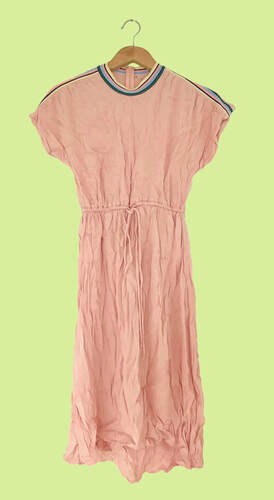 This is the kind of stuff you see in films. Indies. Often set in L.A. With millennials. You know. And when you see it, you think, Nah, it’s the movies. That shit doesn’t really happen. That’s magic. And this is real life. Well. I’m here to tell you. Yes. It does. This stuff actually really does happen. In fact, it just happened. Today. To me. I went to Good Will a little earlier. A pit stop on my way home. A distraction, really. Something softer to follow the epic journeys that are the highway systems I travel for work when I can’t take sideroads the whole way. When I entered the store I realized they’d changed the whole layout since my last visit, and I wasn’t in the mood for that big a change. Not on this day. On top of having to speed along the turmoil of all the fast traffic, I’ve been out of sorts for reasons I can’t quite explain. I'm still trying to work it out. So I wasn’t in the mood for change. As I wandered the first aisle to the right of the entrance, now women’s sleeveless tops where men’s short sleeved shirts used to be, I was reminded of when I used to joke with my foster mom about her dinner menus written out on a tiny piece of paper, always a reused scrap of paper, that she’d place on the kitchen island in the house in the valley where she moved to so much later in life. Decades before, in summers, us kids used to roam that valley in packs, picking blueberries by the bucket for days and days. Now, decades later, as she made dinner, Mom would consult that piece of paper where she’d written out the night’s dinner items in their cooking order: potatoes, green beans, buns, etc. Teasing, I would move her piece of paper, holding her eyes with a smile, Hey Mom, I’d say, who moved my cheese, quoting the title of a book that deals with change. I knew she knew I was right, but she couldn't help herself--she wanted that piece of paper back in its place. I got it then, and I still do. So, in Good Will earlier today, I coped with change, remembering Mom. I don’t like carrying things around on hangers, it’s not good for my neck. So I take items off their hangers to drape the garments over my shoulders, and through the straps of the bag that I loop onto my back. Lately, it’s been pretty paltry pickings at my Good Will. I’ve often with left with nothing. But that’s the way it goes. I know that. That’s the deal there. Though, really, that’s the deal anywhere. Everywhere. Sometimes you leave with nothing. I made my way through the new aisles. Not liking it. I told myself it’s change. Only change. I’ll learn the layout. I’ll know it by the time Don gets here in May. He wants to go to thrift stores. The whole layout here will be new to him, not a change, but kind of. It’s all ok. I’ll find my way. I kept moving through the aisles, and I found a few things to stick through my bag straps: a striped mariner top (like I need another), a dress I think would work if I wear it backwards (which I have on now and does work well worn backwards). Then I came upon this long pink sporty thing. A definite find. I loved it. The dress was too long for my taste, but I’d cut it and hem it shorter. I pulled it through my bag strap along with the mariner top and the dress that would work if I wear it backwards. At the back of the store in home goods, I found four little wooden frames, exactly like a bunch I’ve had forever and that I made into an installation of multiples using eye-hooks and jump hoops to present the underwater tale of a kayaking trip I did in Desolation Sound at least twelve years ago. I’ll make another one, I thought, probably for the piece I'm working on right now about trees. I carried the frames in one hand. A little further on, when I finally found the newly located pants aisle, I scored three distinct possibilities, including a pair with a 60s vibe to their style. The pants were heavy so I carried them all in my arm, in the crook of my elbow up from the four wooden frames. I found another mariner top, in the young fashion section, which I grabbed against all better judgement. When do I wear a turtleneck here? Eventually my interest completely waned, and I went to wait at the dressing rooms. Once assigned to a changing room, I organized everything by category on the orange plastic chair in the corner: pants over the backrest; tops on the seat; dresses also on the backrest, off to one side. That’s when I discovered that I had only one dress, the one I’d wear backwards. The excellent dress that I would cut shorter and hem was missing. This trip to the Good Will already a half-hearted one, this little loss knocked all the wind out of my sails. I tried things on. But I really didn’t care. I thought about dumping everything, about foregoing the long wait line for the till with my half-hearted finds. But, I remembered the four frames. I really wanted to make something about trees with the four frames. I already had tree images ready--noticing them as I whizzed by in my car, I'd been keeping a list by jotting down the location and a quick sketch to remember for later. I've returned to each one early on quiet mornings and have pictures of them. The series is called, provisionally anyway, Learning from their Limbs. I left the dressing room and started hunting the floor for the great dress that had slipped away. Then I saw it. Someone had picked it up. It was draped over the end of a long rack. Before I could get to it, a woman began looking at it. She had a stroller and a little girl who looked about two years old. The woman was in deep concentration, focussed and fiddling. I lurked a few aisles away, watching and waiting, hoping she’d reject the find. She continued handling the dress, engrossed in a way you don’t often see in a Good Will store. I began to feel a little desperate--not really desperate, not truly; it felt more anxious, more despairing, a mix of urgent and wretched. I’d chafed my way through the day to that point, and I was ready to be lifted from my slump by this pretty dress. Then I’d lost it. I’d dropped it, unaware. And I was still struck numb. The woman finally slipped the dress through the handle of the stroller. She was taking it. I was forlorn. I headed to the cashiers, even though I didn’t feel like doing anything but crawl into bed. The dress I’d wear backwards and the 60s pants weren’t really that enticing, not enough for a wait in line, but the four little wooden frames are hard to come by and I was prepared wait for them. The line wasn’t too long, which is pretty unusual. In fact, the whole store was uncommonly quiet, a small mercy I appreciated. I was so miserable that I didn’t even go to the effort of getting out my earbuds and queuing up a playlist to listen to while I waited. So I waited as is. Soon I noticed the woman with the stroller and child coming up the cordoned maze that herds shoppers toward the cashiers in what is supposed to be one line. The dress was still hanging over the stroller handle. She was dawdling, but she was technically next behind me, even though she was about ten feet away. I continued waiting. I looked at the woman. I looked at the dress, still incredulous. I looked at her child, a little girl who seemed content and playful. I began to wonder if I should plead my case to the woman. I waited. I waited. I decided to try. And I walked those ten feet. Excuse me, I said to her. I’m going to ask you a hard question. And you can totally say no. That dress is yours, fair and square. Then I went on to explain my saga with the dress. She had an open friendly face. But she didn’t say anything and I wondered if I’d just spoken a bunch of English to someone who speaks another language. Then she replied, lifting up all that long drapey pink from the stroller handle as she said to me, there are two. I looked at her hands and saw there was something long and pink in each one. What?, I asked, and she repeated it: there are two dresses. There was one inside the other. They’re the same dress, but one’s a size S and one’s a XS. They don’t have the same price even though they’re the same dress. She went on to explain the different pricing and her size preference, and that she wanted to show both dresses to the cashier to try to get the lower price on the size she wanted, which was the one priced higher, and she said that the other was mine. I understood all the words she was stringing together. I understood what she was saying. I was just having a hard time taking it in. Earlier in the day on the phone with a friend who’s feeling frustrated about a project she’s developing, I listened and told her that sometimes there’s enough for everyone. That’s what I said: sometimes there’s enough for everyone. As I was telling my friend this on the phone, I was slightly uncomfortable with my message, all too aware of how flakey and privileged it sounded. Sometimes there’s enough for everyone. How new-agey and manifesty it sounded. Yet there I was, mere hours later, in the Good Will, confronted with exactly that. Then it occurred to me: What if I hadn’t asked? That too was hard to take in. Ask outrageous questions, I thought. Sometimes there’s enough for everyone. 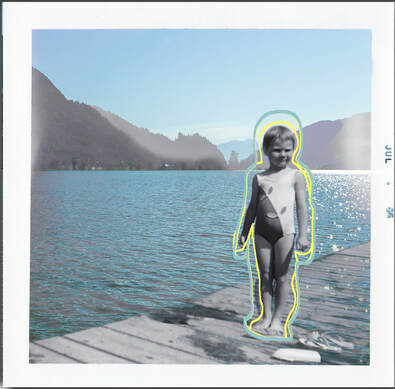 We girls all wore brown pleated pinafores, the kind with a bib and a belt that cinched at the waist with a metal buckle. Beneath it was a crisp golden cotton button-up shirt. It must have been cheap cotton, something poorly woven or starched to hold its structure, because it slightly scratched at my skin below. In the winter we worn brown leotards, and the rest of the year brown knee-high socks. My mom dyed a batch of my underwear to match the colour of my pinafore, completing the uniform and my adherence to it. I wore them over my regular underwear, turning the outer pair into something more akin to tiny pants under my skirt, part of the uniform; so when I hung upside down on the monkey bars with my belt undone and my pinafore falling inside-out over my head toward the ground, I didn’t think I was doing anything improper. I wonder if my mom was required to make that undergarment for me, or if she took the initiative on her own—a small gesture toward ensuring I fit in. Probably. All for a little private school a few blocks away from where I lived at that time. It was actually a three-storey house, a mansion refitted as a school. This was not a school for the elite. There were no preening parents conscientious about our grooming. No chauffeurs gliding up to the curb; no nannies clasping the little hands of their charges. We were the opposite. We were the children of single parents: those separated and possibly divorced, some probably widowed, and some maybe never having been married at all. It was a time when no one spoke about these things. They were connections we would figure out later, looking back. When the school day was over, we stayed, supervised as we played in the large yard until we were each picked up by a parent to go home. It was the only school with such a service then. It was a good school. Small classes. Boys and girls comingling on the playground, something unheard of at the time. We had French lessons and made our own butter, slowing churning cream by turning our mason jars each afternoon, end over end, our little hands clutching carefully so the glass wouldn’t slip and break, destroying our alchemy before the magic took hold. After each churning session we set our jars on the windowsills in the autumn chill outside, our names in childish script identifying whose was whose. Through the pane, there was mine, Elizabeth looping across the label, the contents well on its way to becoming solid. I attended grades one and two at this school, and did very well. I loved school and school loved me back—my marks were good then, and I felt proud of my work. Then came the antonym test: words stacked in one column on the left side of a sheet of paper had to be matched with their antonyms on the right side. It was my job to do the matching. Across from rough, I wrote calm. When my test was returned to me, calm was crossed out in red ink and smooth was inserted in its place. I lost points. All six years of me was incensed. From summers spent with my cousins at their family cottage beside a lake, where all the older kids waterskied and everyone would squint at the water each morning to see if the surface was flat and good for the first spin of the day, I knew for a fact that the opposite of rough was calm. When the water is calm, we waterski; when it’s rough, we don’t. Still too little to ski myself, I was the spotter in the boat. I watched the waterskiers to keep them safe, eyeing the waves for all signs of threat. I knew water and I knew its surface. All us kids did. _________________________________ Ellen Langer tells a good story, one I wish I’d heard when I was six and I knew that the opposite of rough is calm. Langer is a Harvard social psychologist. Much of her research looks at how our experiences are formed, perceived, received, and understood by the words we attach to them. Langer talks about questioning assumptions, examining common axioms that come to dominate our perceptions and precepts and dictate how we frame knowledge. Make no assumptions, Langer says, or at least be aware of the assumptions with which you operate. Things aren’t always what they seem, nor are they always what we think they are. Langer gives examples. Good ones. Simple. Clear. Effective. Empowering. Examples like this: if you take one piece of gum, put it in your mouth, and start chewing, and then you take one more piece of gum and add it to the one you’re already chewing, you still have one piece of gum in your mouth. If you have one pile of laundry on the floor and you then add one more pile of laundry to it, you still have one pile of laundry. 1 + 1 = 1. The opposite of rough is calm. _________________________________ At six years old, I was the victim of epistemic injustice, I know that now. Epistemic injustice is the act of wronging someone in their capacity as a knower. The term was coined by Miranda Fricker, Presidential Professor of Philosophy at the City University of New York Graduate Center. Epistemic injustice straddles the fields of philosophy (ethics in particular) and epistemology, looking at the construct that is knowledge. In broad terms, it’s concerned with how social power operates and how it’s attributed to individuals and groups, particularly through the many lenses of the official story: empire and post-colonialism; gender; race; economics—basically looking at anything humans get up to—ultimately, examining who gets to define reality. When applied to the operations of education, epistemic injustice looks at the meta: academe and the cannon; and at the macro, in the classroom, concerned with the power dynamics at play between teacher and learner. Epistemic injustice reminds us to consider who gets to decide what’s the opposite of rough. _________________________________ I work with high school kids now. I’m not a teacher. I lead a project that takes me into several high schools each year, involving hundreds of students. I tell the kids in each class about my six year old self knowing that calm is the opposite of rough. I share Langer’s examples of gum and laundry. Because I know about epistemic injustice, I make a point of doing so. I want them to know that 1 + 1 can = 1 The last time I did, I noticed a quiet kid at the back of the room. Long and lanky, his body stretched well past what his chair could accommodate. As I was talking, I saw a curl appearing on his lips, his eyes brightening as his eyebrows gradually lifting higher on his forehead; and as he slowly began to speak I saw illumination emanating from all over him. Wow, he said, you’re blowing my mind right now. Yes, I thought to myself, Blow your mind wide open. And please try to keep it that way. Oh, one last thing, I said as I was getting ready to leave, life can be rough, so try to take it calm and smooth. All the kids smiled. Last night at 10:10pm, Mike Lambrix was executed by the State of Florida on behalf of its citizens. It's the second execution since August, when the practice was reinstated after an eighteen month hiatus.
Until this morning, I have never stood in my kitchen readying for the day, listening to an account of a person being murdered, legally, just down the way. It makes me wonder how this contributes to the shape and sense of identity of those on whose behalf this murder has been committed; how does this transform, again and again and again, the land on which we walk; how does the collective consciousness makes place for this; how does the personal psyche; what are children told at school? I have never, till now, listened to a news story about state-sanctioned murder. I know there is dissent around this, personal and organized, and probably plenty, but life has still been taken, and we all are now confronted with that fact, and are left with how to live through this day in this place where such things are legislated to happen. This has diminished me. As a member of this confounding experiment called life on earth, today I'm less of what I aspire to; what I dream is possible is lessened. It will take me a while to recover. This hurts. (I finally went to Nordstrom, and it went like this.) My encounter with Nordstrom begins outside its doors, as I arrive on bicycle to discover the absence of bike racks along the store’s smooth façade. I cross the street to lock up on the racks that the now defunct and shuttered bookstore had provided for its visitors, today an inadvertent legacy left to the commons.
Back before the store, I cross the threshold into a blast of light and glass displays. The fevered guile is communicable, self-consciousness surrendered, consumption here unchained, and acceptable. Quickly and suddenly terms come, unbidden, to my mind: compulsive, desperate, hoodwinked, bulimia. The sycophant swarm of ground level is cloying and close, so I ride the escalator to a slightly quieter place one level above. There I find the marvels of realized imaginations—pieces by Alexander McQueen, Marni, Jean Paul Gaultier, and comme des garçons, to name a few. I own none of these masters, but understand perfectly what exacts such work from mind to matter, and these accomplishments have deservedly earned my awe. Toward the darker back of the floor lays lesser goods: the swag of proclamations that make me embarrassed for the bearer: Lazy Sun Day; I don’t like Monday; Lover (the letter L a faded remnant of the colour of the letters spelling o-v-e-r); a checklist itemizing three options: single, taken, and hungry, with the box for the last option ticked: hungry. As I touch merchandise, I engage in the base act of looking for a price tag, as though the tawdry concern for cost has any bearing—sure proof of my shiftlessness. My greater transgression, however, is the need to know the price of things at all, a practice left to those of lesser means. Becoming broke has released me, though, from shopping and its allure, and now I wander the aisles a bit like that woman Ann I met in the woods once, who had a natural immunity to mosquitoes and was being studied by scientists wanting to understand her chemical make-up. While I walked that day in the woods with Ann, me ravaged, raw and bleeding from my scratched bites admist the roots and brush, she walked in perfect tact. Today, like Ann in the wild, I walk among the money and malls shielded—my class a tincture and a foil. Circling back toward the centre of the store, I come across the lounge, a low slung affaire for rest and resourcing. I like it. Any shop with a bar makes sense to me, and I’m ready to lay down a few bucks to sit with a drink and watch from the middle of the fray. But the menu’s price list is in step with its trappings, so I return to the escalator and, quite à propos I note, descend. As I’m leaving Nordstrom I notice that the doorman, a boy really, is simply standing there, not quite completely upright in his ill-fitting suit; his regard is vacant and he’s not opening the doors for anyone, his passive stance shunning the roles of both sentinel and serf. Back on the sidewalk beside the store’s wall, I encounter a granny rooting through the garbage to retrieve whatever cast-offs might lessen the strife of her day in the debris. Her dirndl skirt is so perfectly appointed in detail and design that its vintage is hard to fix. So blurred are the lines now between the authentic, the counterfeit, and the clone that what was once genuine and collectible has merged into one amorphous stream of trends, where everything is at once eternal and outmoded, in perpetuity the basic outlines of style on repeat, and craft, quality and care notional artifacts of the obsolete. I retrieve my bike, hopping on to ride away, and on the first turn of the wheel, a piece of litter caught in the spokes and trilling in the wind, I think: be careful what you wish for--America is here. (In French le coin means the neighbourhood, or the friendly and shortened the hood. In the context of Mount Pleasant and what's happening here, I couldn't think of a more apt play on words - especially since today is the St Jean, a big celebratory holiday in Quebec, where I lived in French for many years.) I live in Mount Pleasant, Vancouver. Technically, I'm on the eastern-most edge of the neighbourhood--an important distinction when talking about place in real estate terms, something Vancouver is all sexed up about. This is an edge area, one that's developing, to use the same neutered vernacular laid over other places such as Fuzhou, Chittagong, Dar es Salaam, Logos, and even Kabul, though likely here the term flows with less bite and more verve than for those on the ground in those places. Ah, but not here. The lived experience here is a mixed bag of ambivalence and profit, all depending on which bag you hold onto. Like everywhere and everything these days it seems, the Mount Pleasant that matters - ie: the one that counts, literally - is a consensus in the throes of unharnessed transformation, giddy about the promise of change like that offered by plastic surgery, smoothing the surface and sucking out the substance. So, here's a bit of what I notice as I peddle myself around the hood. And by peddle, I mean spinning the wheels of my bike with the muscles in my body. I live here and so do a whole bunch of other people ... ... people who make it the place that it is - unique, non-corporate, fun - for all of us living here ... ... not the place that some see as a place to rip apart and to sell ... Can't breathe?
Me neither. I'm excited. No, I'm ecstatic. I'm in Montreal this summer, where another of my most favourite public art pieces is out again. 21 Balançoires (<-totally click on that), by Montreal-based design house Daily tous les jours, is an interactive musical installation that plays best when people join to play on it together. It's a sensorial wonder, evoking memories, connections, and tenderness where words don't reach - oh, it also makes music. I missed it last time I was in la belle ville, but it's annual spring appearance is being carried over into the summer this year I hear (<- click to listen to the April 29 show at 8:29 minute mark). This is place-making at its most breathtaking. I can't wait. I'm a life-long swinger*. I swing when I'm happy. I swing when I'm sad. In the summer, I swing almost every day, and sometimes late on a warm night too. I never tire of it, and am constantly surprised at how much joy I experience gliding back and forth through the air, flying and diving at the same time. Can't wait to share this. À bientôt les 21 balançoires! Here's a little snippet ... * I mourn the loss of some of the older words - swinging, thongs, kangaroo jacket, for example - now needing to explain myself when I use them. I'm very attached to these words, or perhaps it's to the era when they were actively used, so innocently it now seems.
Maybe it's that loss of innocence, that gentler time, that I yearn for. When I ran around with thongs on my feet, sometimes stubbing my toe because the flimsy rubber sole folded under itself; the kangaroo jacket, that handy muff (another word) pocket in front where anything shoved in there could be readily accessed by either side, and a hood for warmth at night by the fire; and my beloved swinging, an activity whose word for it conveys the unfettered freedom and fun of this spectacular experience, now plunged into the murky underworld of fringier experiences that have laid claim to that once perfect word. I was part of a super fun neighbourhood poetry crawl over the weekend, and I wrote about it for the Vancouver Public Space Network (my current volunteer gig).
The Vancouver Poetry Crawl 2015 was organized by Vancouver poet Kevin Spenst, and began at my neighbours Terry and Owen's place with a pot-luck breakfast; from there, the crawl ventured into neighbourhood art galleries, connecting ten venues where eighteen poets read their work. You can read the whole story about the crawl on the VPSN blog, and below you can find the visual recap of this out-of-the-box poetry extravaganza; if you click on the photos you'll see captions to offer a bit of info on what you're looking at. Dear Vancouver, I’m in Miami again, where all my family on my father’s side lives. Every time I’m here I love it, the pull of memory and family ties strong and calling. Now I’m thinking about moving, with my dual citizenship making it a real possibility. But I’m deeply Canadian, in some indescribable way, and this is a very American city. What does it all mean? Is there room for me? Room for how I live? For how I live in Vancouver? For those parts of how I live that I can’t give up? And just what is it that I can’t give up? 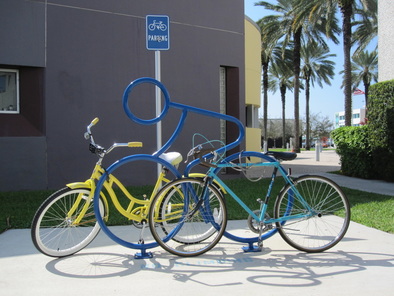 Biking—Maybe? Not! Doesn’t that look like a great bike lock-up? It’s beside MOCA; beside palm trees, under the sun. But here’s what it looks like curbside, a mere spin of the peddles away .... This is what bike-riding involves here—notice the sharrows symbol painted on the pavement in the traffic lane meant for sharing? Not so reassuring, let alone inviting, with that move accident vehicles from travel lanes signage right beside the sharrows symbol. And that bike you see on the sidewalk? The person riding it arrived there by sidewalk, not via the sharrow. Unlike Vancouver, there aren’t any bike paths running alongside traffic lanes anywhere that I've seen, and there are no designated bike routes nearby as alternates to busy thoroughfares either. Metro Miami, 6,000 square miles of land hugging the Atlantic coast with about 250 days of sunshine per year, an average temperature of 25ºC, and whose mean elevation is 6 ft above sea level—a bike-rider’s paradise, right? (Climate crisis/rising sea level issues, not glibly, set aside here.) A paradise for bike-riding someday perhaps, but the city and its car culture has a long way to go before being safe for riding in. So, hauling on raingear for Vancouver’s 168 days of rain per year isn’t looking quite as bad, with biking so central to the city’s commuting culture, and made so thanks to great bike routes and a growing consciousness among automobilists to share the road properly. Bussing it I love riding busses and taking in the scenery, especially in a new place where all is to discover; they’re also great for people-watching and a bit of a cultural soak, as well as, obviously, great for getting somewhere. Beautiful scenery, cool nods to important history, even the hopeful gesture of a bus bike-rack (being used!). So, a great place to ride the bus, right? But then there’s this …. 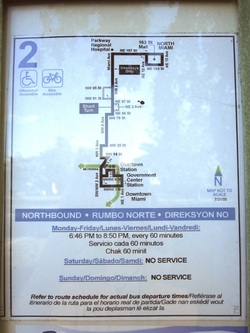 Service every 60 minutes Monday – Friday. NO service Saturday & Sunday. What, qué, sa?! This is a commuter route! This 15 km line (about the distance of YVR to downtown) runs north/south through many neighbourhoods on its way to downtown, intersecting with a dozen connecting routes running perpendicular. (Not the only line with really restricted hours.) This bus route is beside my aunt’s house and I use it when I’m visiting and have the leisure to plan things out around this strange schedule, but what if I lived here and needed to rely on this bus as part of my daily life? Walking 250 days of tropical sunshine, in a flat land. Walking just makes sense, and beckons. What’s there not to like? But then there’s this: no sidewalks ..... There are plenty of neighbourhoods without sidewalks, and there must be plenty with them too (not where I walked, but there must be.) What about people in wheelchairs, and with strollers? Driving, Driving, Driving Last year, I rode my cousin’s bike (only for little neighbourhood jaunts on side streets) and took the bus everywhere. This year the bike’s broken, and I have my aunt’s car. (I don’t own a car in Vancouver so driving is always novel for me.) With public transit servicing only around 8% of the population, here’s what getting around in a car looks like. You get my drift.  I see this a lot too—people walking between canyons of stopped cars, fund-raising for school, selling and advertising things. This man’s t-shirt says: accident, crash, slip or falls 1-800-need-help. I close my eyes, alone in an idling car. What does it mean? For me? The combination of no sidewalks, bad transit, and terrifying biking, forces people into cars—the antithesis of community. So, when out on foot navigating scrappy boulevards under heavenly canopies of sun and palm and birdsong, I’m the only one out walking. And because I’m the only one out on foot, when another walker once appeared, here’s what happened to me: a sense of wariness crept in. Instead of feeling any connection to this fellow pedestrian, instead of readying to nod and say hello, I froze, noticing how alone I was on a street that suddenly felt deserted and secluded—the antithesis of community. So, Vancouver, despite your average of 197 days of rain per year, you make getting around easy. Whether I want to walk, take transit or ride my bike, I can get to where I’m going, feeling invited and considered, and connected. Community-making requires not just the desire to be a part of something, it requires the supports that bring people together. The best place to start is where we live, right outside our front doors, in our neighbourhoods (neighborhoods), with the roads and transportation systems available and ready for us to jump on so we can all jump in. Miami—try it, you’ll like it. Till then, I think I’m staying where it’s easier to live the way I do—in motion in community, in Vancouver. I've started volunteering with the awesome Vancouver Public Space Network, writing blogs. Here's my first one .... (also on the VPSN website). NB: Not included in the VPSN blog piece is this: It's really hard for me to declare any kind of allegiance to Vancouver over Miami,
even in the face of the challenges I face getting around there on my own steam. So, while everything I say here about Miami is true, it's also true that Vancouver isn't for me. It's a good reminder to us all about the performative in the declarative. It's also a good reminder about the irrational nature of love.
a documentary directed by Marcelo Mesquita and Guilherme Valiengo about São Paulo’s street art and artists, particularly Os Gêmeos, Nunca and Nina a piece I've written for Pull Focus, a cool Vancouver organization that happens to be founded and run by a friend of mine. 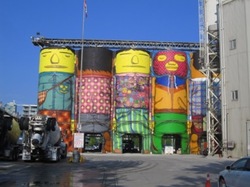
Art is communication, art is connection, art is even war. In the case of São Paulo, Brazil’s sprawling grey city, and in the case of the documentary Grey City about some of São Paulo’s artists, the terrain for this art is the street, more precisely the walls in the street.
In the 1980s, São Paulo took the world stage as the epicenter for urban visual street art known as pixo — graffiti and tagging. Its antecedents, Pixação, “wall writings", originated in São Paulo in the 1940s and 50s when citizens painted political statements in tar on walls in response to political slogans painted by political parties. Pixo’s evolution through to today has maintained that spirit of dialogue and defiance—a kind of urban calligraphy where some of São Paulo’s most marginalized endeavour to tag as high as they can, in as many public places as possible, incontrovertibly asserting their existence as a form of challenge to the city’s privileged who consider pixo ugly, ignorant, and illegal, much in the way they view the pichadores (the pixo makers) themselves. The 80s re-emergence of pixo was an organic extension of other street art forms like hip hop and break-dancing. Such was the route for Os Gêmeos, the twin brother graffiti team featured in Grey City. With the same nimbleness of their breakdancing, identical brothers Otavio and Gustavo moved toward paint, starting first with pixo and then expanding their work into more pictoral murals. Today, their early pixo style can still be found within their murals, and the impetus to connect and converse with their city is at its heart. 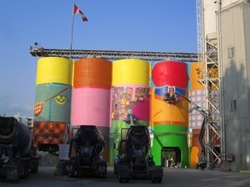
Os Gemêos is out to communicate, to engage, and to contribute something positive for the public good—these are their guides. Producing their work during the day is critical to the process and to their pieces: how else will they know what’s going on, what they need to say, and to whom? How else will they connect directly with people and engage in real time? That’s how they see it. And what they encounter speaks back to them through the smiles and joy returned by passersby—this enthusiastic feedback loop affirming for them that they’ve honoured their vocation and their destiny.
Graffiti, however, also operates within the framework of the city’s regulatory, mercantile and political interests. So the war this artform engages in is often with the clean up crews contracted by City Hall to paint over the murals not deemed to be “artistic”—so, armed with grey paint, a subjective and anonymous army disappears the art, randomly and arbitrarily. However, in a metropolis of almost 20M people that sprawls across almost 8,000 square kilometres (the largest city of the Americas), the effectiveness of the clean up efforts doesn’t really keep pace with the artists, and so a kind of dialogue reverberates between leagues of creative resistance and the amorphous apparatus mobilized to squelch it. This is where the graffiti movement truly embodies its role as a public art. No one possesses it, directly challenging the fundamentals of capitalism, and no one really controls it either, though many try and wish they could. In the case of Os Gemêos, their rigorous code of conduct keeps their work “clean”, in the sense that their concern with public good means shunning any form of negative messaging, and their tireless commitment to producing such work, in proliferation, eventually attracted international attention, rendering their colourful contribution to the city’s walls more and more challenging to object to. 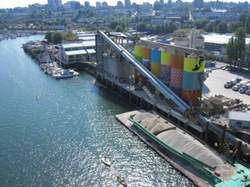
Os Gemêos’ progressive rise to worldwide acclaim has ironically jettisoned their work to the reaches of national sanction too: they were commissioned to tag the plane of Brazil’s national football team competing in the 2014 FIFA World Cup. Perhaps, though, this is a most apt illustration of remaining true to the artists’ animating values—speaking truth to power—in this case attaining lift off with jet engines; though, told not to paint the jet’s engines covers, they did it anyway, ever true to another animating force of the grafiteiro, tagging where authorities don’t want you to. Perhaps not quite biting the hand that feeds them, we could fairly say that Os Gemêos is willing to paint it.
Here in our own grey city, Vancouver is now home to the latest Os Gemêos piece, Giants, thanks to Vancouver Biennale and their partnership with Ocean Cement on Granville Island. Giants is an ongoing Os Gemêos project, adding Canada to the Giants growing international family of Greece, USA, Poland, Portugal, the Netherlands, Brazil and England. As Os Gemêos believes, “Every city needs art and art has to be in the middle of the people”, so Vancouver now has art, in the middle of the city, and this art happens to be a kind of people in its own right—Giants—an excellent symbol of art’s enduring heart, which is 3 dimensional, multiple, central, colourful, and gigantic. Here's the film trailer ..... 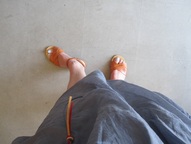 So, I broke more rules last night, and was even better at it 2nd time 'round. I saw Frances Ha, in a bone fide movie theatre, and treated myself to a coke and popcorn. I then meandered home along the seawall on South False Creek. At Spyglass ferry dock, I came across one of the public pianos, and a young man was playing the entire soundtrack from Le Fabuleux destin d'Amélie Poulain, barefoot. I sat on a bench and listened for a while, watching a few skiffs skim across the creek dodging sailboat squats. Further on, I bought a cup of coconut ice cream and continued meandering. Close to home I jumped in a car2go because I was tired, and was then completely enchanted by a song on CBC's The Signal, so much so that I sat in the parked car to hear the song finish. Le Fabuleux Hier Soir de Zoe Here's that Signal song, inexplicably called Obvious Bicycle, which is a great title. The band is Vampire Weekend. PS:
France Ha, by the way, is great. I think it's the most accomplished film by Noah Baumbach so far. Co-written with Greta Gerwig, the dialogue resonates and elucidates, even for those of us past our 20s. And Gerwig's Frances finely conveys the complexity of drifting when it gets away from us, and how a returning to self can be as light and gradual as the initial cutting loose. Sometimes without any one particular, discernible moment, or gesture, or decision to do so, we come back, very much in the way we drifted off - an accumulation, through time, composed of circumstances and gestures and decisions, none of which mounts to enough on its own. It calls to mind a poem I wrote about a boyfriend I once had, D: to drift is not to flow to rock is not to roll to want is not to will PSS: What rules were broken? Not so much rules as my practice of living on a very modest budget. So I splurged, intentionally. I took myself out, with a promise to do so free of worry and regret. Frances Ha went to Paris for a weekend. I went to the movies. |
authorzoe welch Categories
All
November 2022
|
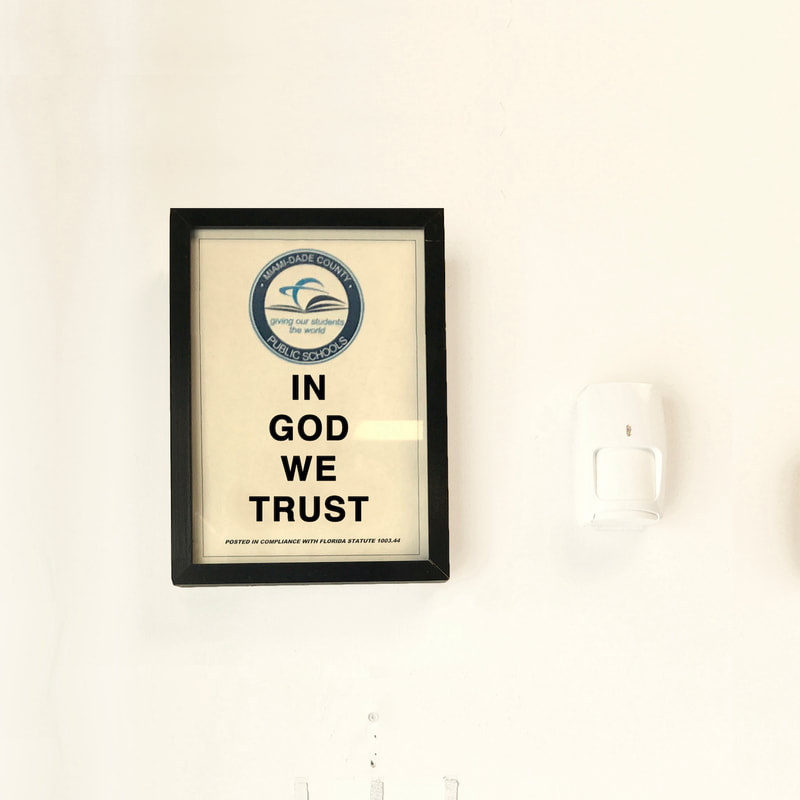
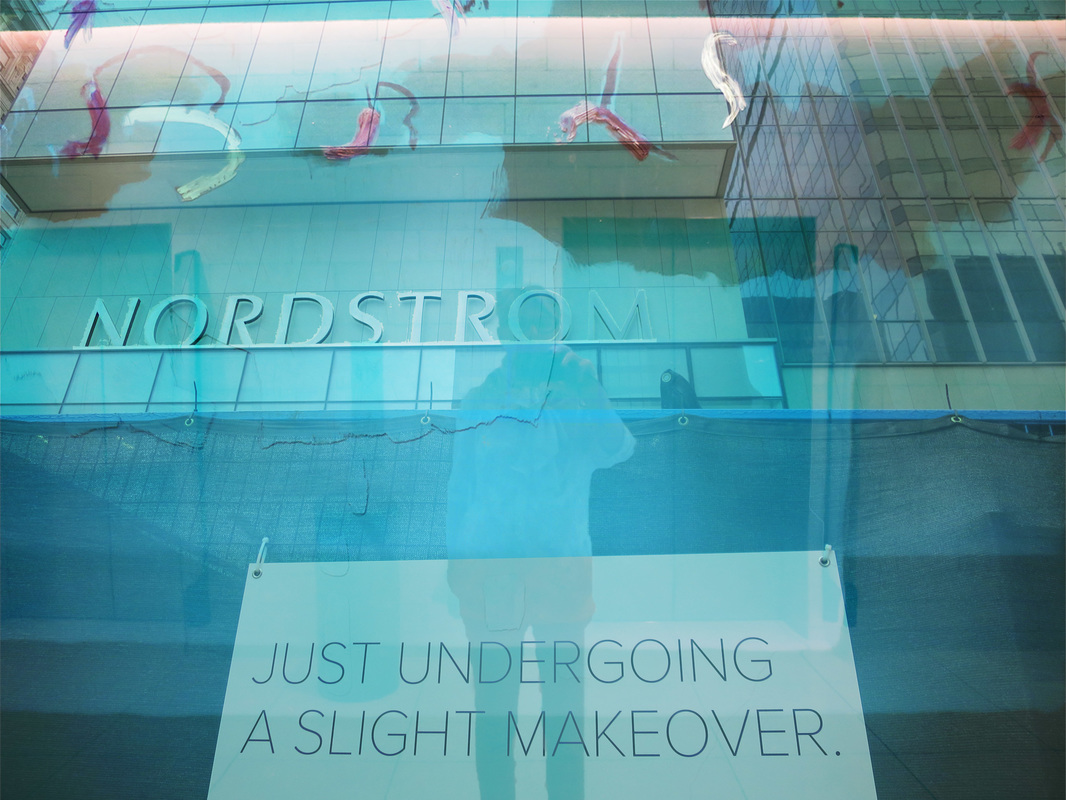
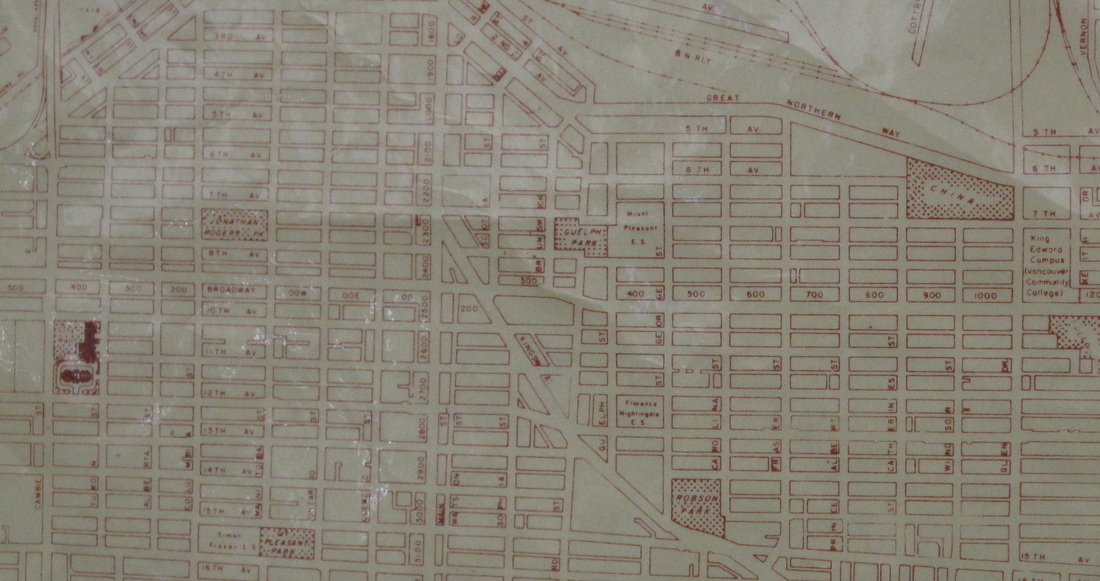
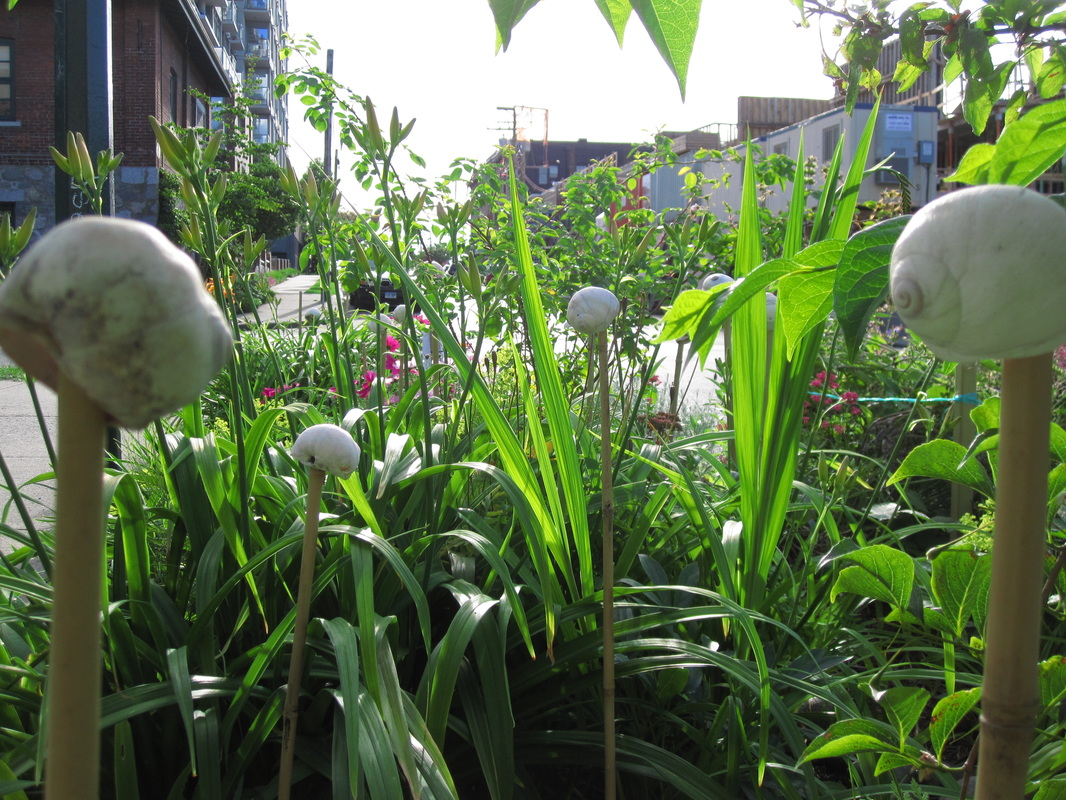
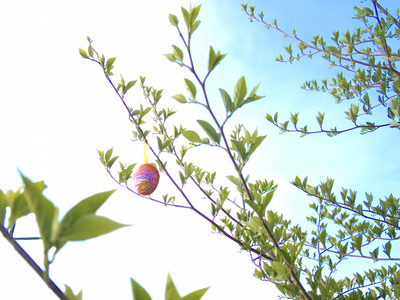
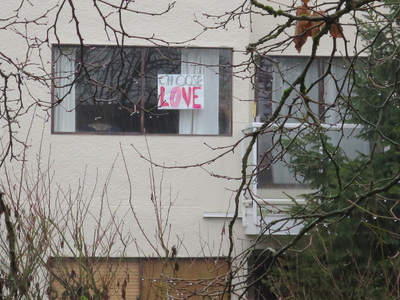
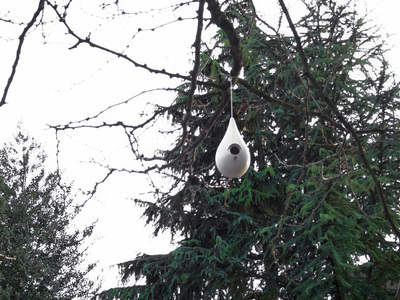
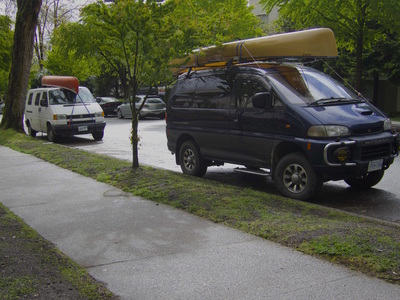

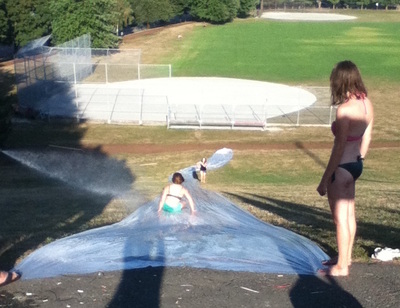
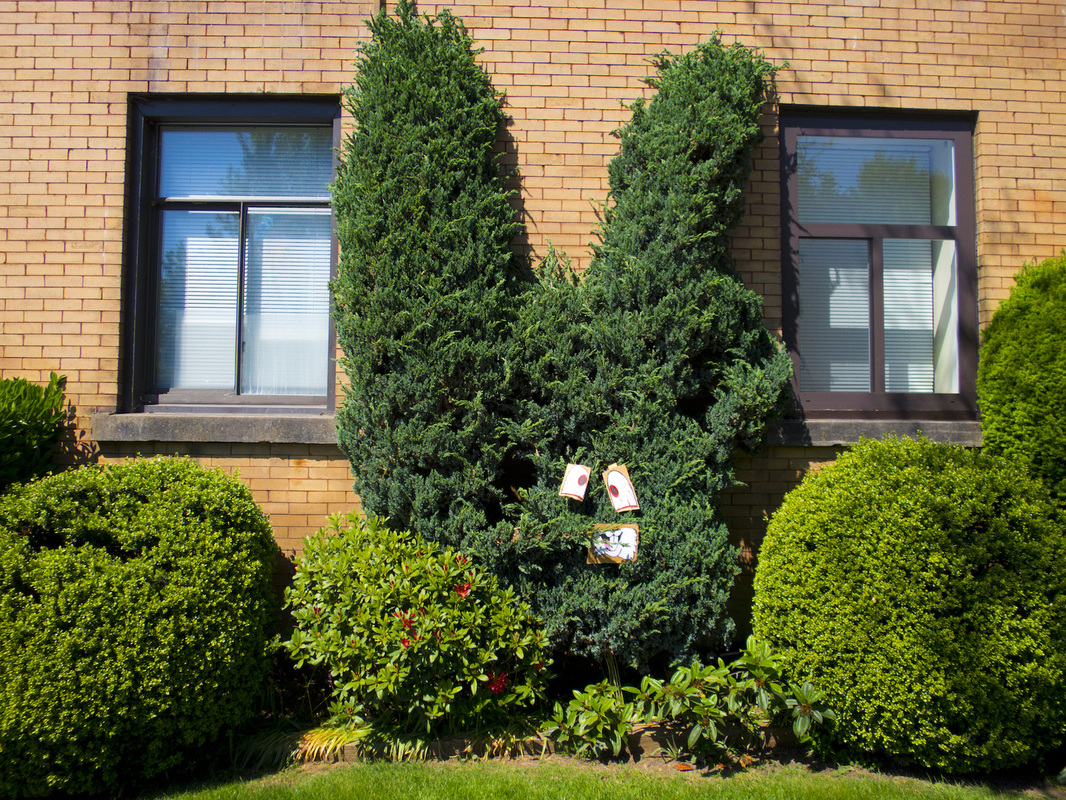
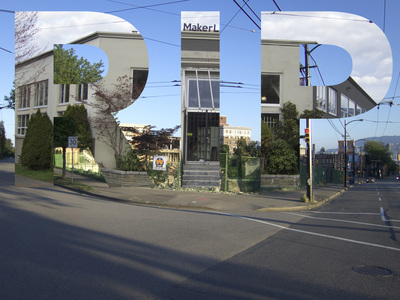
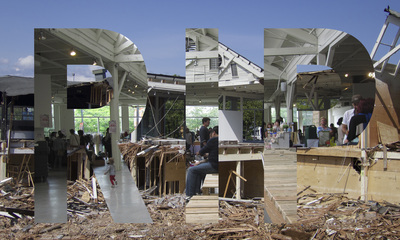
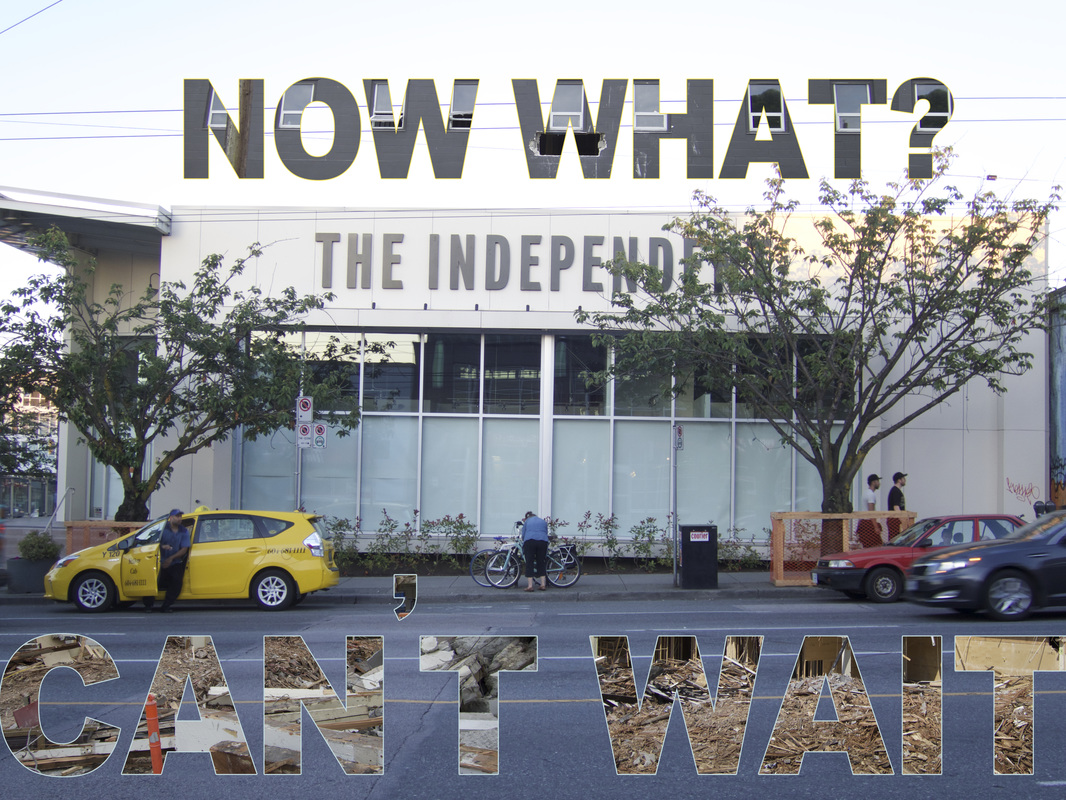

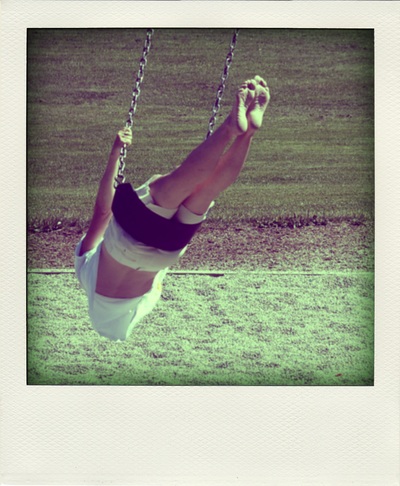
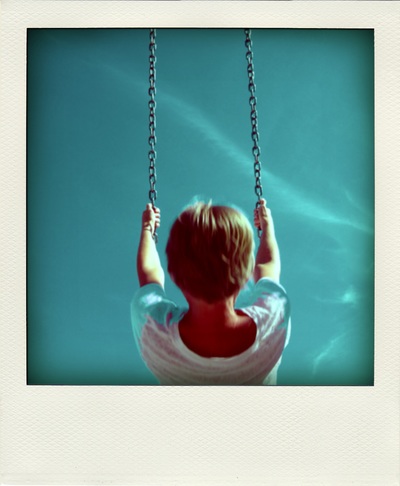
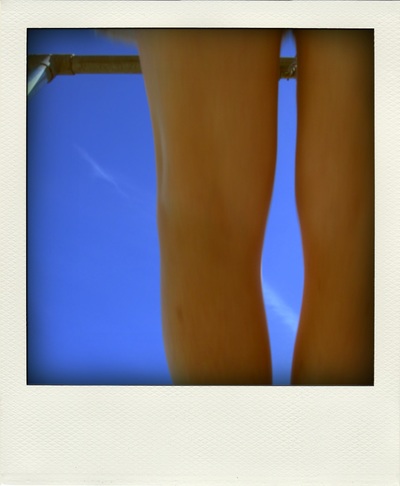
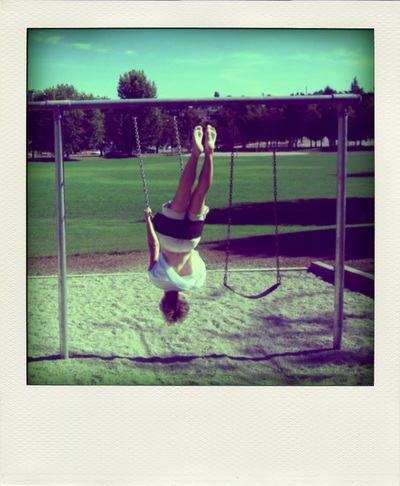
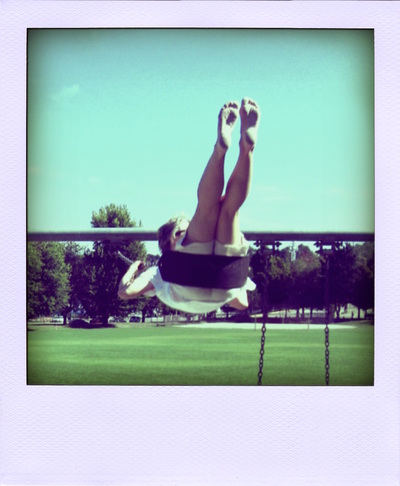
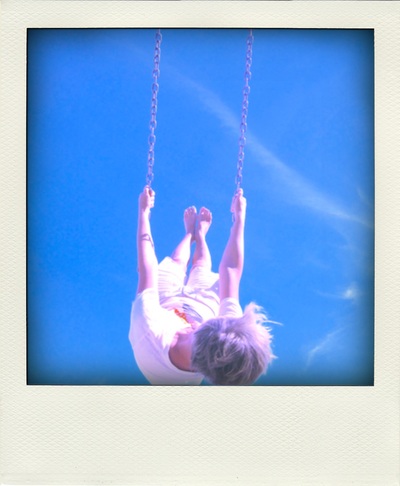
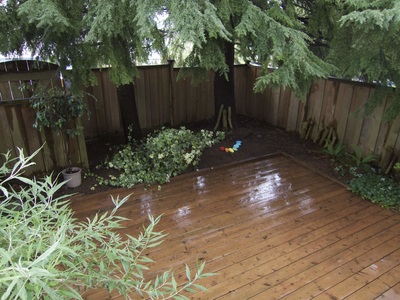
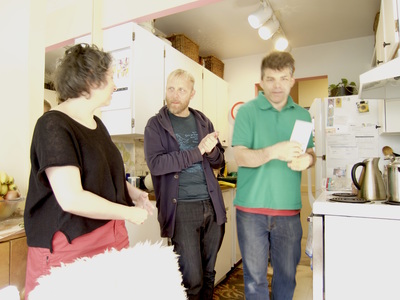
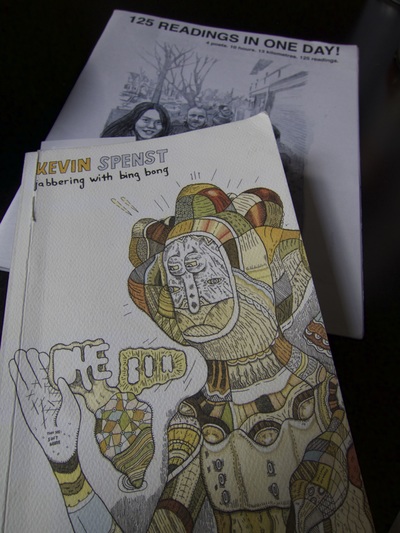
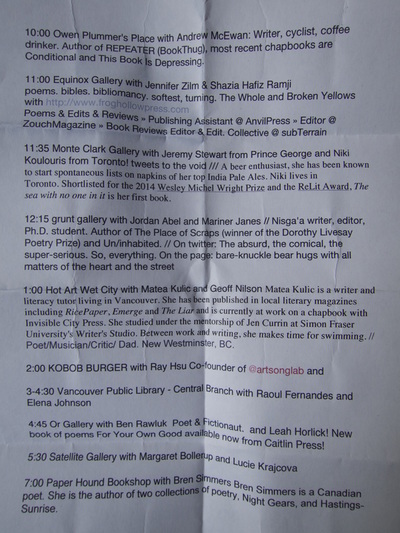
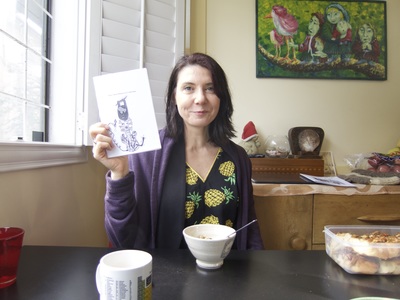
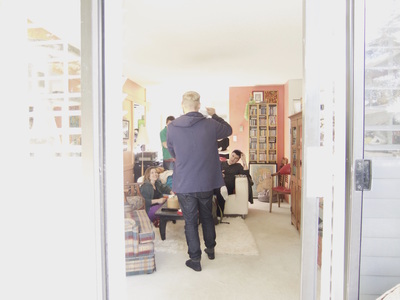

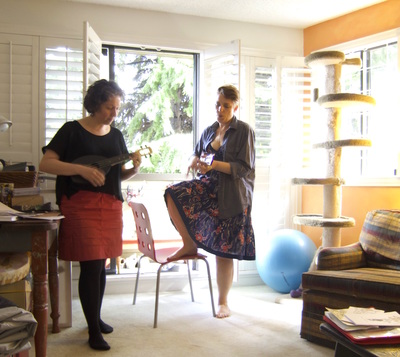
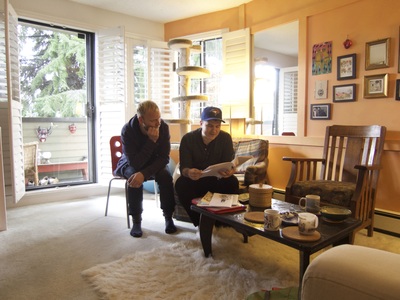
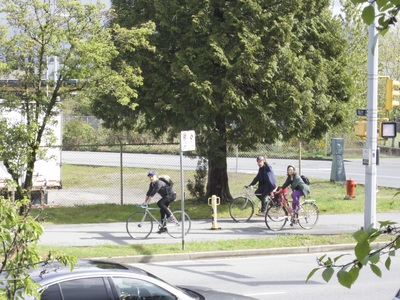
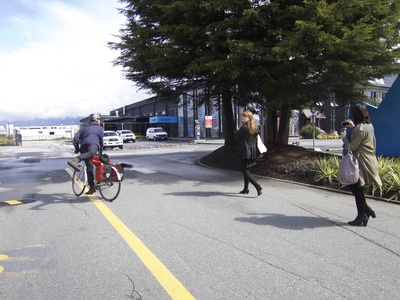
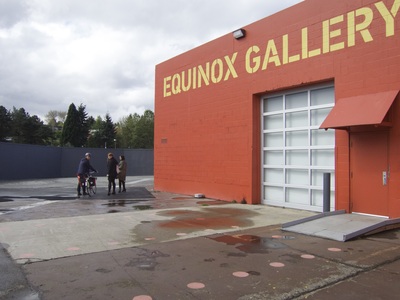
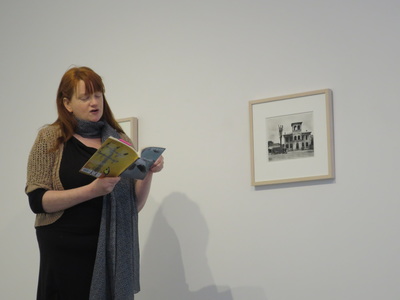
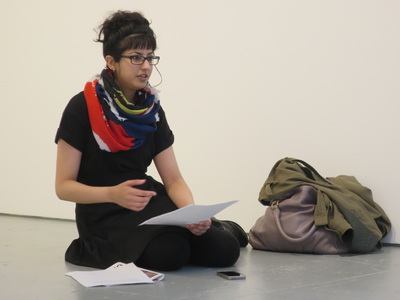
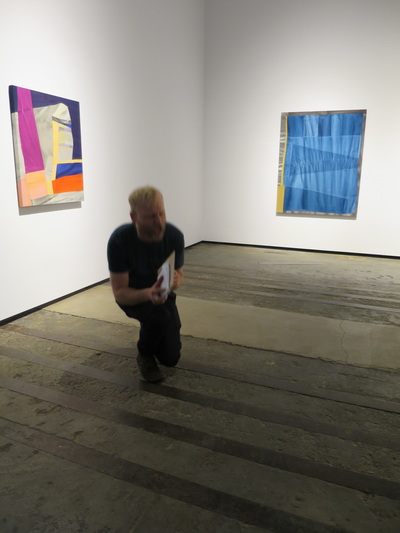
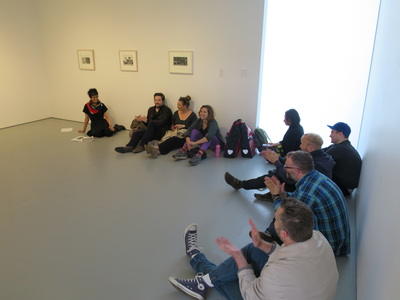
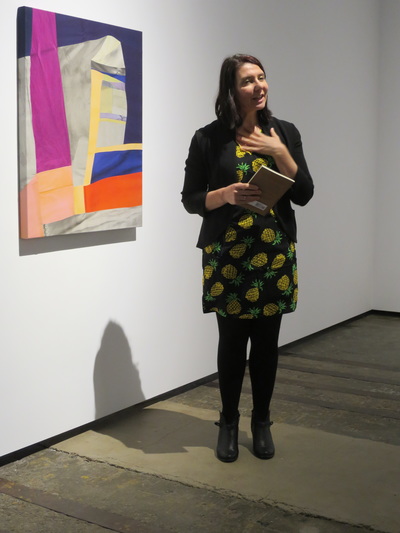
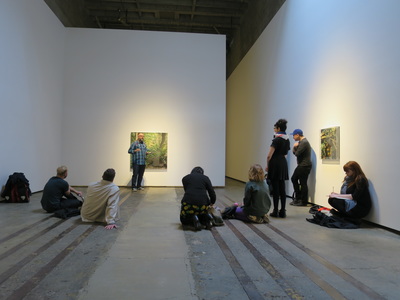
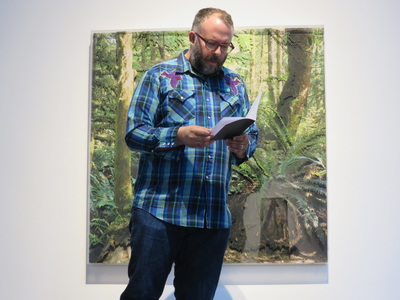
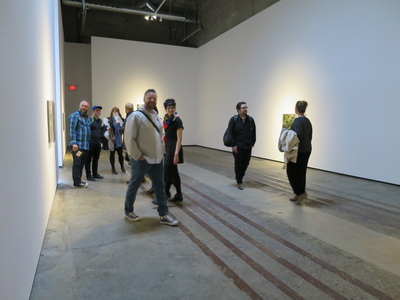
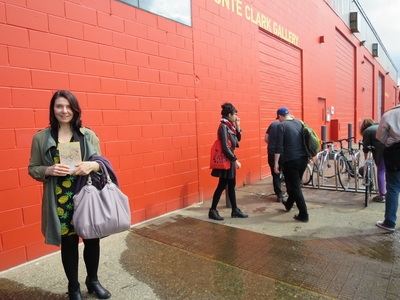
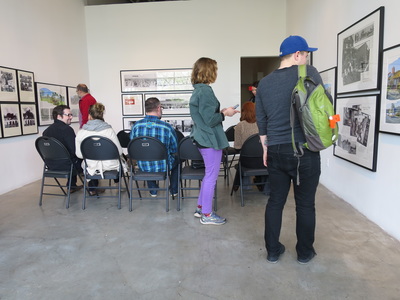
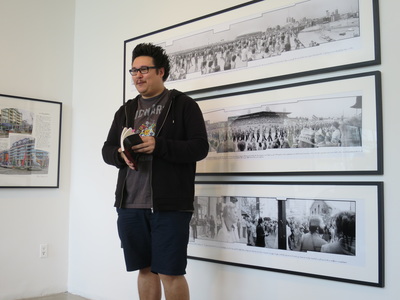
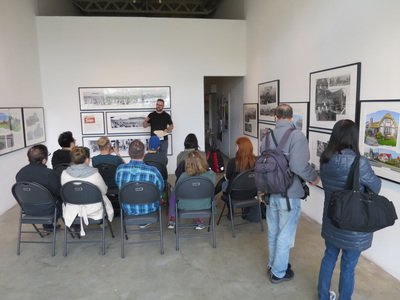
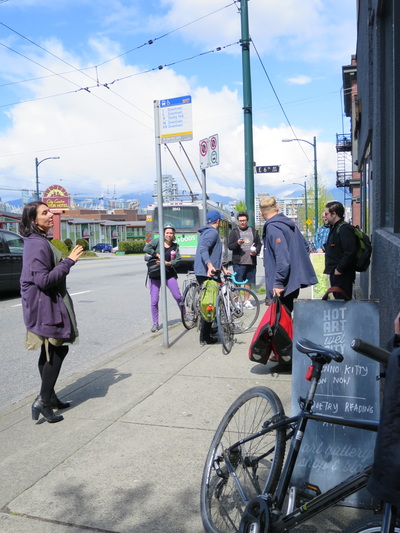
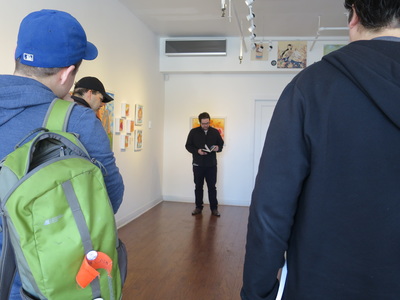
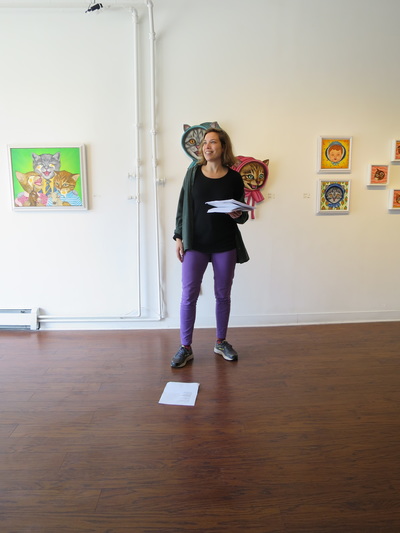
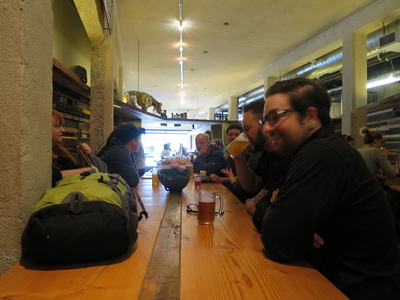
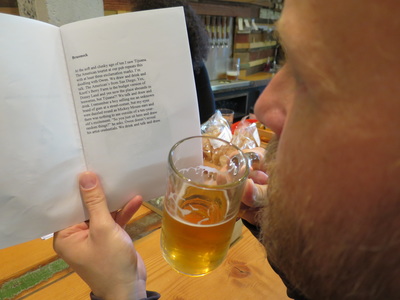
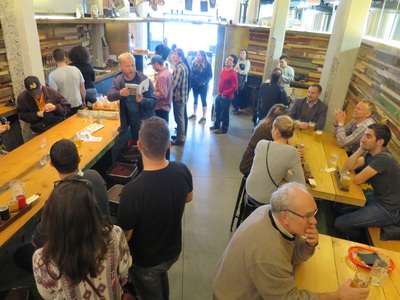
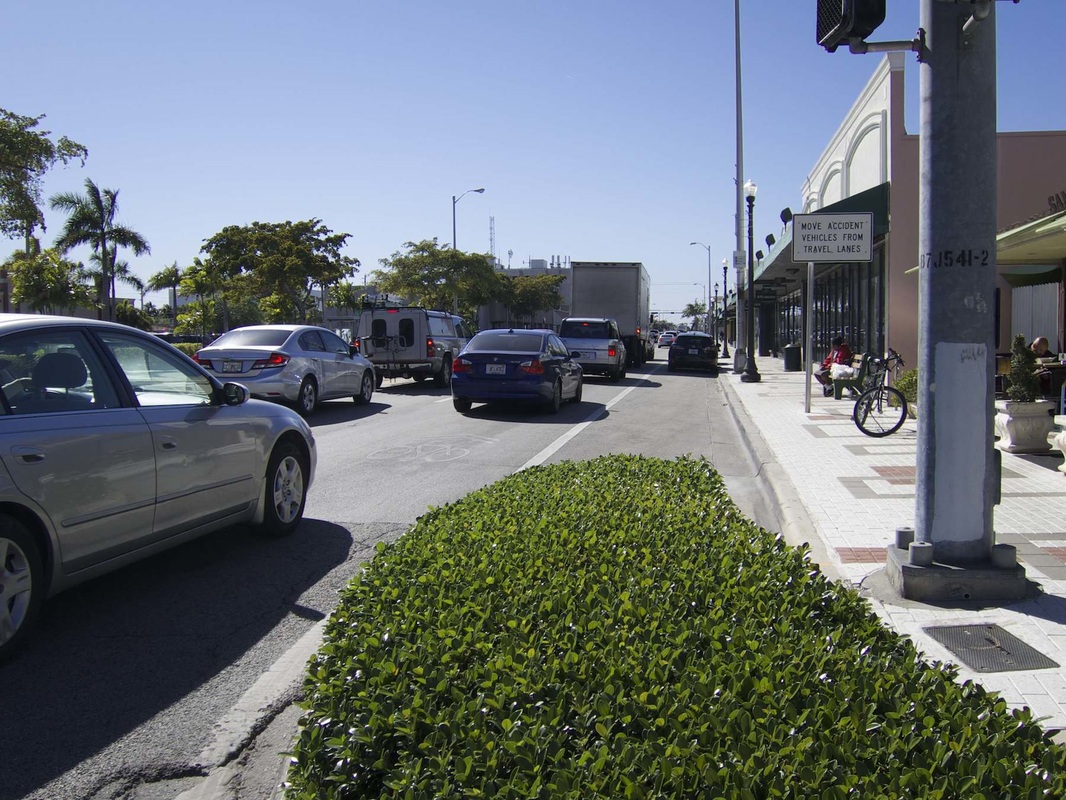
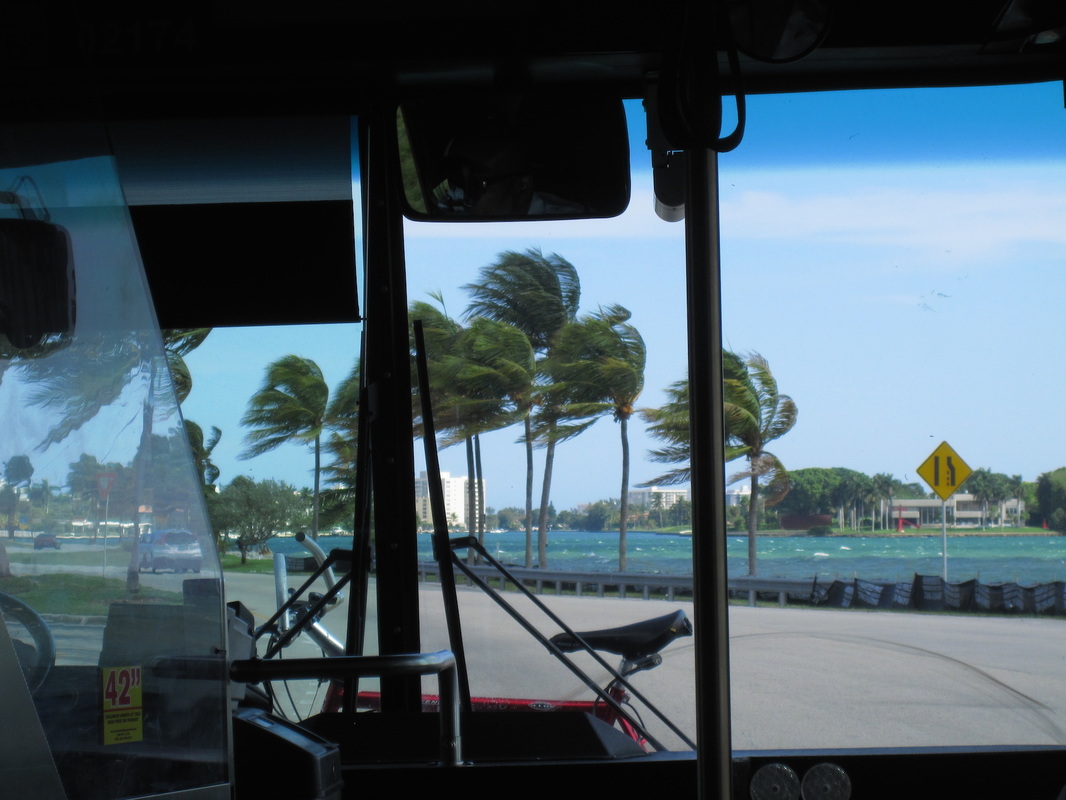

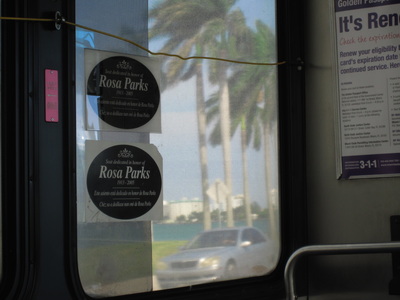
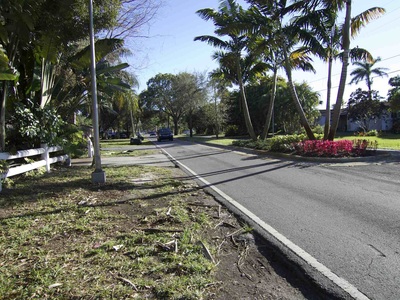
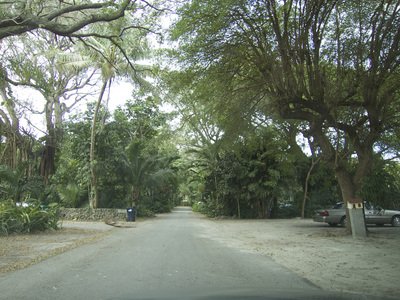
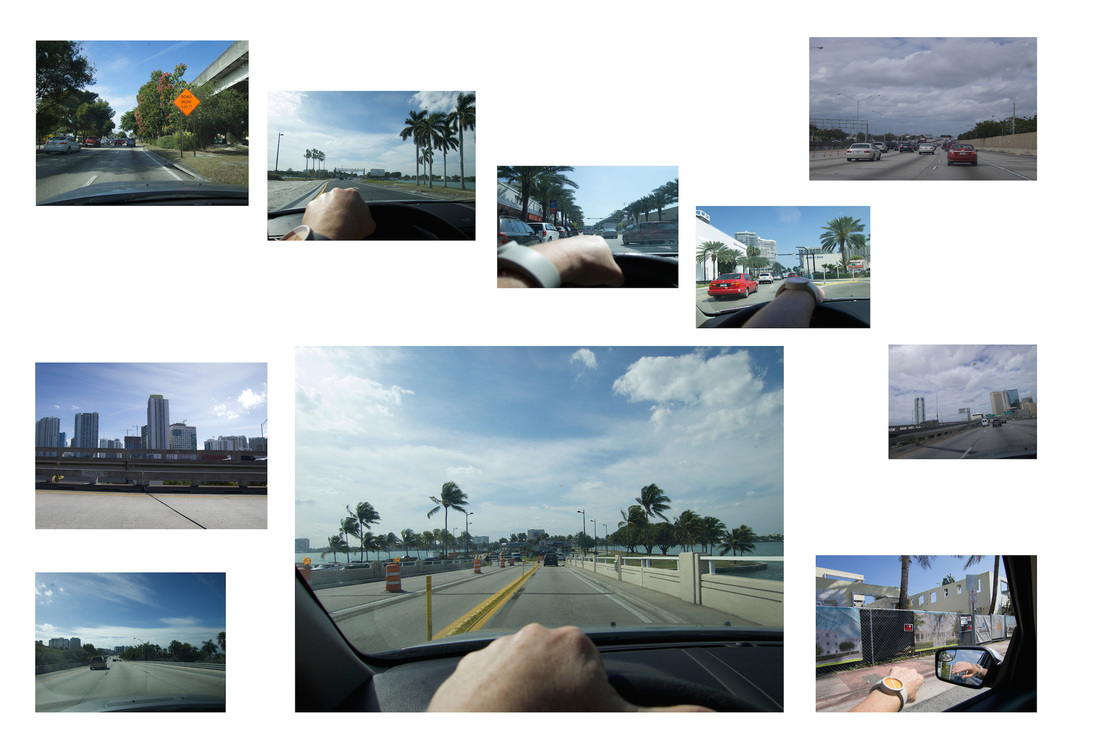
 RSS Feed
RSS Feed